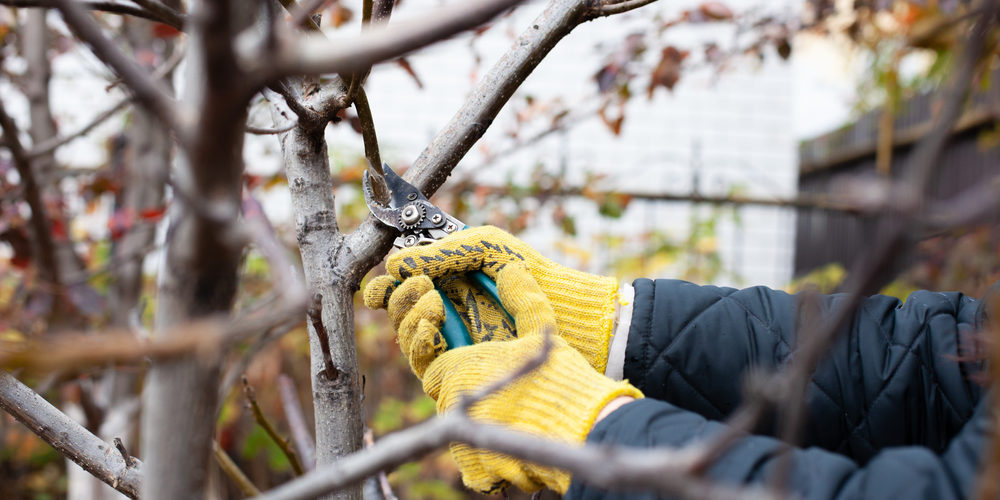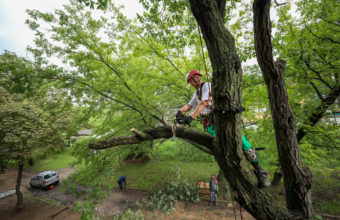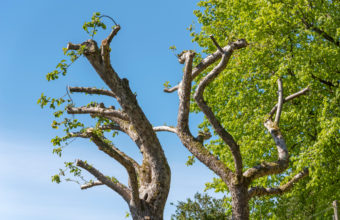The best month to trim trees often depends on the tree species and the local climate, but a general rule is that late winter or early spring, just before the tree begins its spring growth, is typically the best time for pruning most trees.
Here’s the reason why it is typically the ideal time for pruning most trees…
- Dormancy – Pruning trees during the late winter, when they are dormant, minimizes stress. Trees are less likely to bleed sap during this period, which can attract pests or lead to disease. The lack of leaves also makes the structure of the tree easier to see, so you can make more informed decisions about which branches to remove.
- Healing – Cuts made during the late winter or early spring are likely to heal faster as the tree enters its active growth phase in the spring. This rapid healing helps reduce the risk of disease or pest infestation at the site of the pruning cuts.
- Disease Prevention – Pruning during late winter helps avoid spreading diseases that are more active and likely to infect open wounds during warmer months. Many fungal and bacterial pathogens are less active in cold weather.
- Growth Stimulation – Pruning just before spring growth can stimulate new growth in the desired direction. Removing dead or unwanted branches directs the tree’s energy into producing new growth in the spring, improving the tree’s overall health and appearance.
Specifically, for some species, the timing might vary…
- Summer Pruning – Can be beneficial for corrective purposes, such as slowing the growth of branches you don’t want, or to reduce the total leaf area on overly vigorous trees.
- Fall Pruning – Generally, it’s advised to avoid pruning in the fall since wounds heal slower, and many fungi and diseases spread more easily due to the moist conditions.
Always consider the specific needs of your tree and local climate conditions. For example, pruning fruit trees might have different requirements to encourage fruit production without harming the tree. Consulting with a local arborist or extension service can provide guidance tailored to your specific trees and region.






